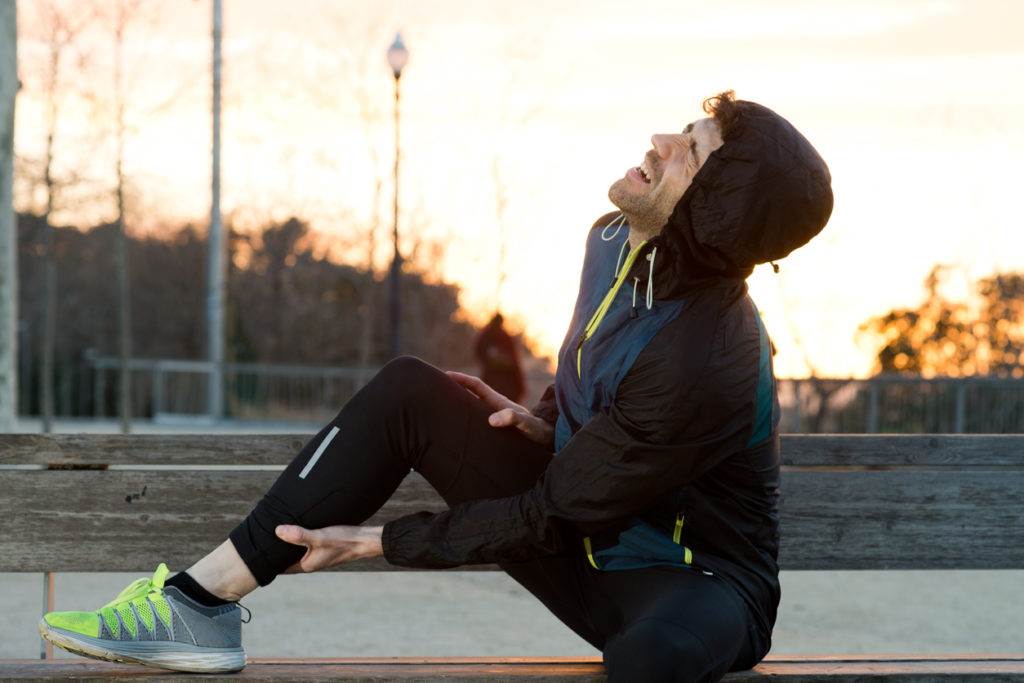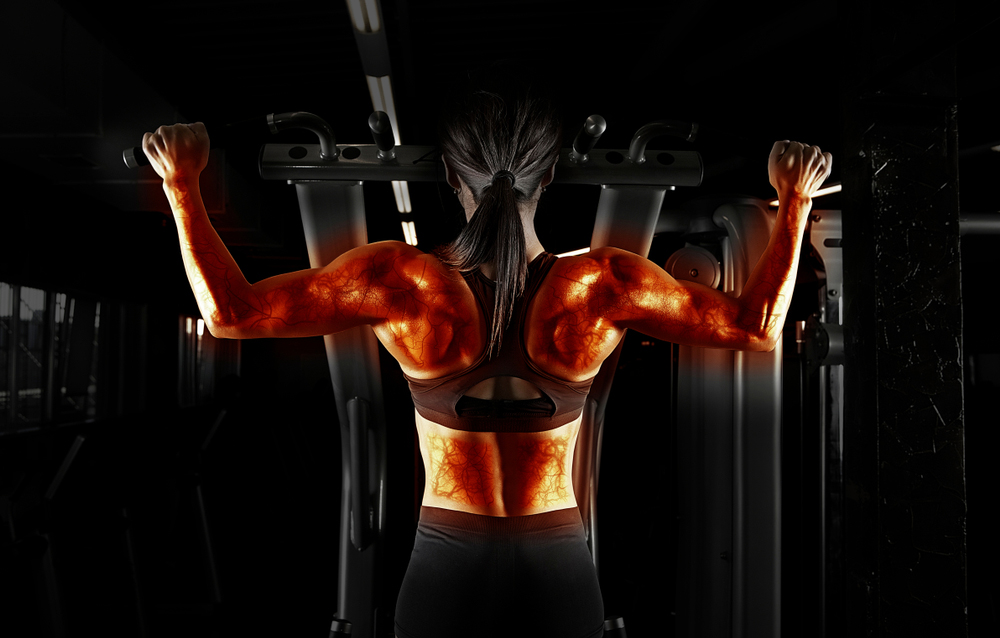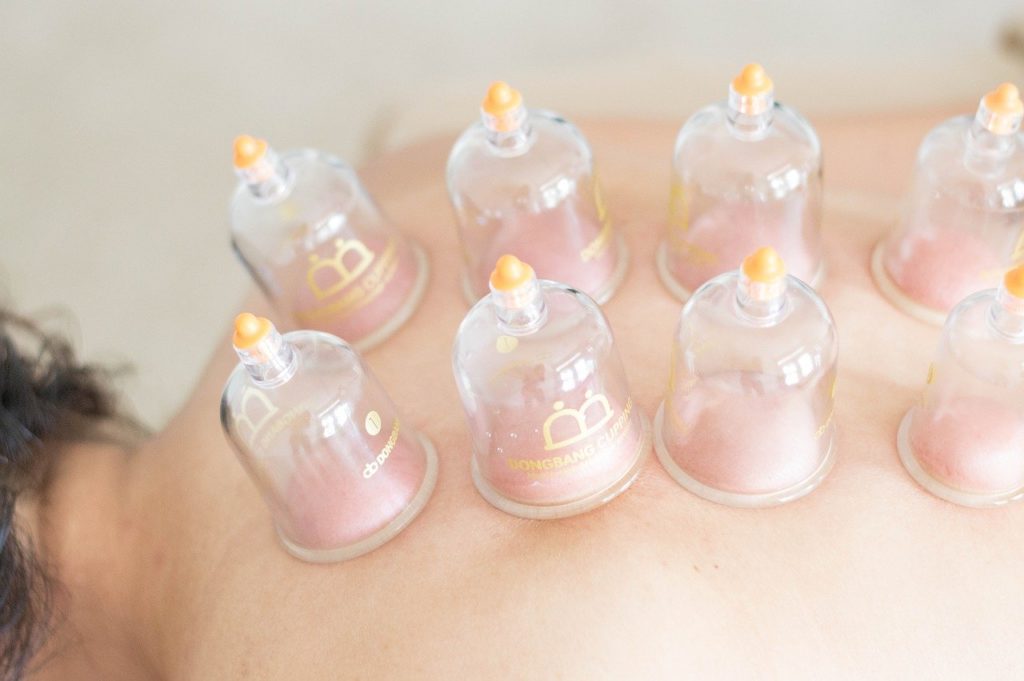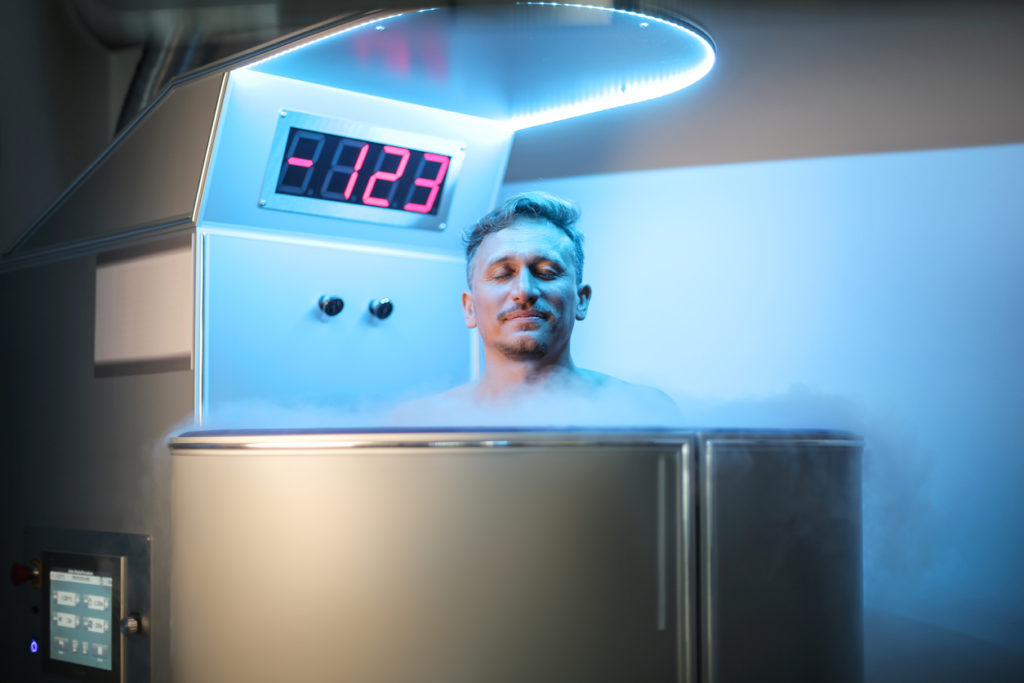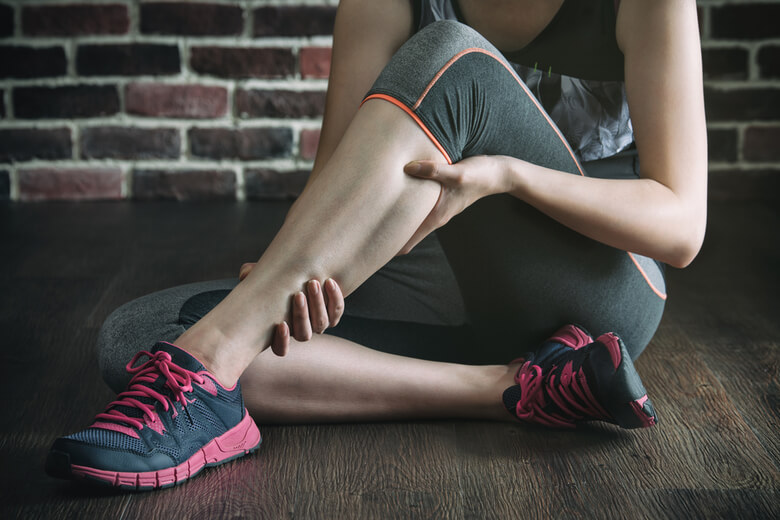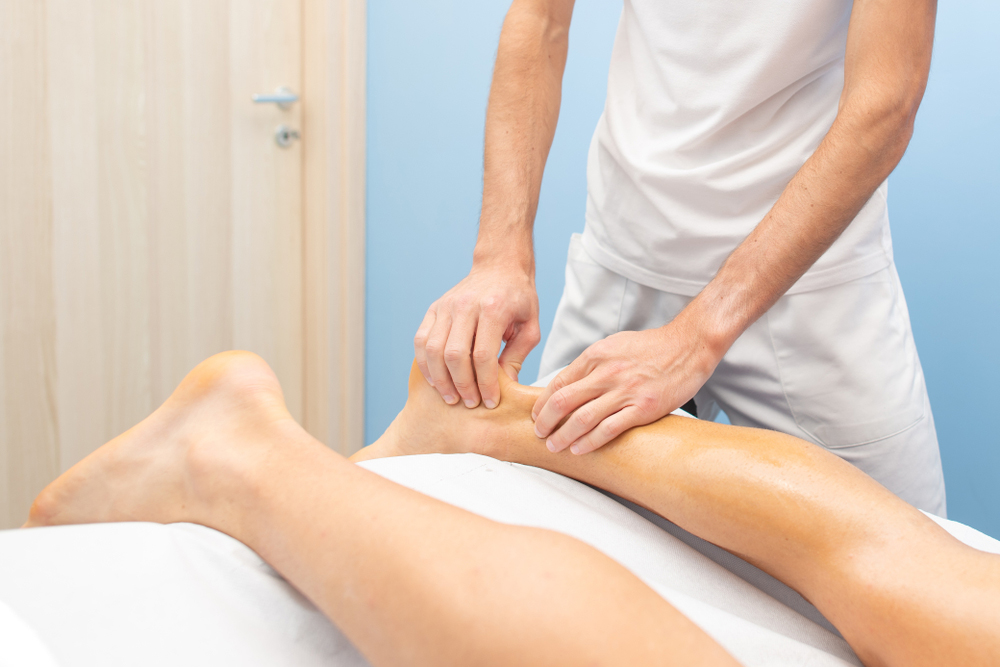Like any activity, the practice of a sport involves many risks. Muscle injuries are among the very first things that can happen during a fitness exercise. It is therefore essential to know what a muscle injury is, how it occurs and what to do about it. All the necessary explanations are provided in this file.
THE ESSENTIALS ABOUT MUSCLE INJURIES
Beginning, experienced and top sportsmen and women are not really immune to injuries that can occur during physical exercise. In the vast majority of cases, it is the lower limbs that are affected by sports-related muscle injuries. There are various forms of accidental injuries, including muscle strain.
What is muscle strain?
Muscle strain is another type of muscle injury that can occur during sports. This condition occurs when the athlete overuses the muscle or when it is contracted too hard. Stretching is the result of over-stretching the joint and leads to severe muscle pain.
When starting an exercise, the athlete may feel a kind of very sharp pain similar to a sting. However, although you may be in a lot of pain from a strain, there is a small chance of a haematoma or lameness. This type of muscle injury should not prevent you from returning to the gym or going to the sports field.
Causes of these muscle injuries
Muscle injuries mainly affect the lower limbs. This includes the leg and thigh, etc. The sportsmen and women most exposed to these injuries are football players, handball players, boxers, etc. Skateboarders and surfers also suffer from these types of injuries.
Muscle injuries can occur at the beginning of any sporting activity when the athlete over-targets or does not warm up sufficiently. Also, it is possible to notice a muscle injury at the end of the physical exercise because of the lack of flexibility of a muscle or simply because of fatigue. Also, an athlete can suffer from muscle injuries as a result of :
- Actions that are too sudden and violent;
- Contact with a hard object such as a pole, a spike, or another athlete's knee;
- Poor healing of a previous muscle injury;
- Using sports equipment that is not suitable for the activity;
- Exercising on a surface that is too hard (tarmac, bitumen);
- Poor hydration and nutrition;
- Lack of stretching after physical effort;
- Intense physical effort in a cold environment.
WHAT ARE THE SIGNS OF A MUSCLE STRAIN?
Muscle injuries manifest themselves from various angles. Muscle strain leads to joint pain. In particular, the athlete feels the pain when the muscle is contracted, stretched or palpated. Although it is possible to perform a few more movements, it is not advisable to continue with a sports programme, as the injury may be further aggravated.
HOW TO TREAT MUSCLE INJURIES?
To enable the athlete suffering from a muscle injury to get back on their feet and continue their sporting activities, there are certain treatments that can be considered. However, to be effective, the treatments must be applied in accordance with their specificities and the number of sessions. Improper treatment can lead to recurrence or a complication.
Treatment to heal a muscle strain
To recover from a simple strain, an ice pack should be applied directly to the affected limb. The athlete must then rest for 10 days before resuming sports activities.
The different phases of treatment for a muscle injury
The treatment of a muscle injury is carried out in 3 main stages. First, there is the acute phase, i.e. the first few hours after the muscle injury. Then there is the rehabilitation phase, followed by the phase of resuming sporting activity.
The acute phase of treatment
The first stage of treatment, the acute phase, corresponds to the first 3 days after the accident. In order to stop the bleeding, the treatment of a sprain is based on 4 essential elements. Firstly, there is ice, which is used to relieve pain and reduce inflammation by allowing the blood vessels to contract. It is sufficient to apply the ice bag for 10 to 12 minutes several times during the first 3 days after the trauma.
Rest is the second element of treatment in the acute phase. The athlete who suffers from a muscle injury must rest in order to avoid aggravation of the injury. Without stopping the movement of the injured limb, you should stop the physical exercise during which the injury occurred.
The third important element in the treatment of a muscle injury is elevation of the affected limb. This is mainly done for muscle injuries in the leg and ankle. By elevating the limb, you reduce the likelihood of swelling.
The last important thing to do to heal a muscle injury is to compress the injured area with a bandage. This mainly helps to limit swelling and prevent blood pooling in the injured muscle.
The rehabilitation phase
At this stage, all means of physiotherapy treatment should be used to facilitate the healing of the injury and the return to an even stronger, pain-free and flexible muscle. The rehabilitation phase requires the support of a physiotherapist. The physiotherapist helps the patient to carry out the rehabilitation exercises, which consist of slowly stretching the injured muscle.
There is no time limit for the rehabilitation phase. It is a stage that can last depending on the evolution of the injury (pain, swelling, bleeding...). In addition, during the rehabilitation phase, gentle massages can be performed near the painful area. Physical activities are also possible depending on the severity of the injury.
The phase of resuming sports activities
The athlete can resume his or her usual sporting activities provided
that all pain has disappeared. The injured limb must also have regained
its mobility and then its normal strength. However, you can continue
with physiotherapy exercises to prevent the risk of muscle injuries
during physical exertion.
Taking medication to treat a muscle injury
It
is essential to treat muscle injuries with pharmaceuticals in some
cases. For example, if you are in severe pain, it is advisable to take
painkillers such as paracetamol or acetaminophen.
Similarly, if the inflammatory reaction becomes severe, you should opt for non-steroidal anti-inflammatory drugs such as ibuprofen. This type of medication should only be used for a short time (between 2 and 3 days). You should also be aware of their various contraindications and adverse effects on the stomach.
SOME TIPS FOR SUCCESSFUL TREATMENT OF MUSCLE INJURIES
The various treatments mentioned above must be applied with great care. A simple clumsiness could lead to more serious complications. First of all, it should be noted that the use of warming creams or ointments designed to combat muscle pain is not really effective in treating a muscle injury. Indeed, this type of product provides superficial well-being, i.e. directly linked to the epidermis.
Afterwards, massage should be avoided on the painful area, as this would rather contribute to aggravate the sportsman's injury. The same applies to the application of an ice pack. The action should be performed around the painful area. In the specific case of ice application, avoid putting the ice directly on the skin. Put it in a towel before the treatment.

